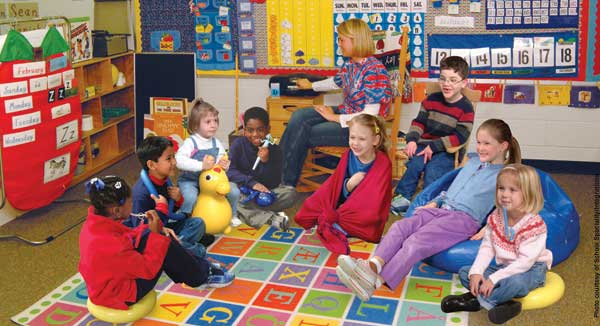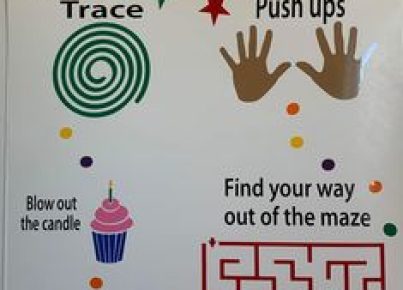Sensory Processing Disorder (SPD) is a condition where the brain has difficulties receiving and responding to information that comes in through the senses. Formerly referred to as Sensory Integration Disorder, it can affect children and adults, but often the signs are more evident in children, particularly within classroom settings.
Students with SPD may over-respond to sensory stimuli (hypersensitivity) or under-respond (hyposensitivity) which can lead to challenges in performing everyday tasks. These students often find it difficult to concentrate, participate in class activities, and may either become easily overwhelmed or seek intense sensory experiences.
Teachers play a vital role in supporting students with SPD. Here are some strategies for accommodating these students within the classroom:
Create a Sensory-Friendly Environment:
– Use soft lighting or natural light to avoid harsh fluorescent lights.
– Incorporate quiet spaces or corners where students can retreat when feeling overwhelmed.
– Allow for flexible seating options such as stability balls, cushion seats, or standing desks.
Incorporate Sensory Breaks:
– Schedule short breaks for sensory activities like stretching or walking.
– Have a box of sensory tools available, including stress balls, fidget toys, and resistance bands.
– Encourage deep breathing exercises or guided imagery for calming.
Differentiate Instruction:
– Use visual aids and hands-on learning materials to enhance understanding.
– Provide clear and concise instructions visually and verbally.
– Offer alternative methods to demonstrate comprehension aside from traditional written tests.
Foster a Routine:
– Establishing a predictable schedule helps reduce anxiety for students with SPD.
– Post visual schedules and give advanced notice of any changes.
– Ensure transitions between activities are smooth and well signaled.
Encourage Social Interaction:
– Facilitate group activities where the student with SPD can interact with peers in a structured way.
– Pair the student with compassionate classmates who can provide support.
– Promote understanding among students by integrating lessons about diversity and inclusion.
Collaborate with Parents and Professionals:
– Work closely with parents who can provide insights into what works best for their child at home.
– Consult occupational therapists who specialize in SPD for tailored strategies specific to each child.
– Share information regarding the student’s progress and adapt strategies accordingly.
Proper Training for Educators:
– Invest time in professional development around SPD and its implications in learning environments.
– Share resources among staff members to create a supportive network for educators dealing with SPD challenges.
Monitoring Progress:
-Assess the effectiveness of accommodations regularly. Keep an eye open for signs of sensory overload or seeking behaviors that indicate adjustments might be necessary.
-Provide opportunities for self-reflection so students can communicate their feelings and preferences about the supports provided.
By implementing these strategies, educators can effectively support the unique needs of students with SPD. It is important to recognize that each child is different, and what works for one may not work for another. Patience, flexibility, and continual adaptation will go a long way towards creating an inclusive environment that empowers all students’ learning capabilities.





